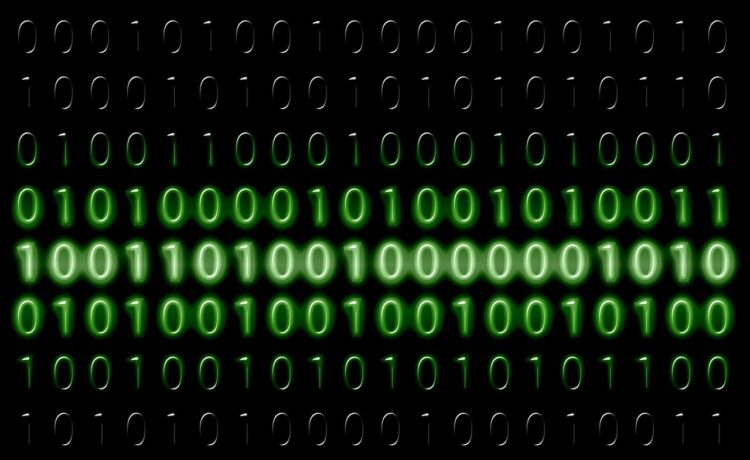Understanding repeating decimals is a fascinating aspect of mathematics. One question that often comes up in mathematical discussions is, what is the 300th digit of 0.0588235294117647? To answer this, we need to first understand the nature of the decimal expansion of this number and how repeating decimals work.
In this article, we will explore how to calculate the 300th digit of 0.0588235294117647, explain the mathematical principles behind repeating decimals, and break down the steps required to solve this type of problem.
What Is a Repeating Decimal?
Before answering what is the 300th digit of 0.0588235294117647, let’s explore what a repeating decimal is. A repeating decimal is a decimal fraction that has a repeating pattern after a certain point. These decimals are common when dividing certain numbers, especially when the division results in an infinite sequence.
For example:
- 1/3 = 0.33333…, where the digit “3” repeats indefinitely.
- 1/7 = 0.142857142857…, where the digits “142857” repeat.
When looking at 0.0588235294117647, we see that it’s a repeating decimal associated with the fraction 1/17. The decimal expansion of 1/17 repeats every 16 digits. This understanding is key to answering what is the 300th digit of 0.0588235294117647.
The Decimal Expansion of 1/17
The decimal representation of 1/17 is:
1/17=0.05882352941176470588235294117647‾1/17 = 0.0588235294117647\overline{0588235294117647}1/17=0.05882352941176470588235294117647
This sequence, 0588235294117647, repeats infinitely. The repeating block of digits consists of exactly 16 digits.
To determine what is the 300th digit of 0.0588235294117647, we need to understand that after every 16 digits, the sequence starts again.
How to Find the 300th Digit of 0.0588235294117647
Now, let’s break down the process of figuring out what is the 300th digit of 0.0588235294117647:
Determine the Length of the Repeating Block
The repeating block in 0.0588235294117647 is 16 digits long:
0.0588235294117647
Divide 300 by 16
To figure out what is the 300th digit of 0.0588235294117647, divide 300 by 16 to see how many full cycles of the repeating pattern occur by the 300th digit.
300÷16=18 remainder 12300 ÷ 16 = 18 \text{ remainder } 12300÷16=18 remainder 12
The remainder here is crucial. It tells us that after 18 complete cycles of the 16-digit repeating sequence, we land on the 12th digit of the next cycle.
Locate the 12th Digit
Now, we simply count to the 12th digit in the sequence 0.0588235294117647:
0,5,8,8,2,3,5,2,9,4,1,1,7,6,4,70, 5, 8, 8, 2, 3, 5, 2, 9, 4, 1, 1, 7, 6, 4, 70,5,8,8,2,3,5,2,9,4,1,1,7,6,4,7
The 12th digit is 1.
So, the answer to the question what is the 300th digit of 0.0588235294117647 is 1.
Why Understanding Repeating Decimals is Important
Now that we’ve answered the question what is the 300th digit of 0.0588235294117647, it’s important to reflect on the broader significance of repeating decimals. Recognizing patterns in decimal expansions has applications in fields like cryptography, coding theory, and other areas of advanced mathematics. Repeating decimals help us explore the nature of rational numbers and can serve as a gateway to deeper mathematical concepts.
Additional Examples of Repeating Decimals
- 1/3 = 0.3333… (repeating digit: 3)
- 1/7 = 0.142857142857… (repeating sequence: 142857)
- 1/9 = 0.1111… (repeating digit: 1)
Each of these examples follows a similar pattern to 0.0588235294117647, showing how repeating decimals behave consistently across different fractions.
Practice Problems
If you found solving what is the 300th digit of 0.0588235294117647 interesting, try answering these similar problems:
- What is the 500th digit of 0.142857142857?
- What is the 1000th digit of 0.285714285714?
These problems use the same principles of identifying repeating sequences and dividing large numbers by the length of the repetend.
Conclusion
To summarize, answering the question “what is the 300th digit of 0.0588235294117647” involves understanding the nature of repeating decimals. By recognizing the 16-digit repeating block in 0.0588235294117647 and dividing 300 by 16, we determined that the 300th digit is 1.
Repeating decimals are a beautiful and intricate part of mathematics, offering insights into the properties of numbers. Understanding how to work with them not only answers specific questions like what is the 300th digit of 0.0588235294117647, but also opens the door to broader mathematical exploration.













